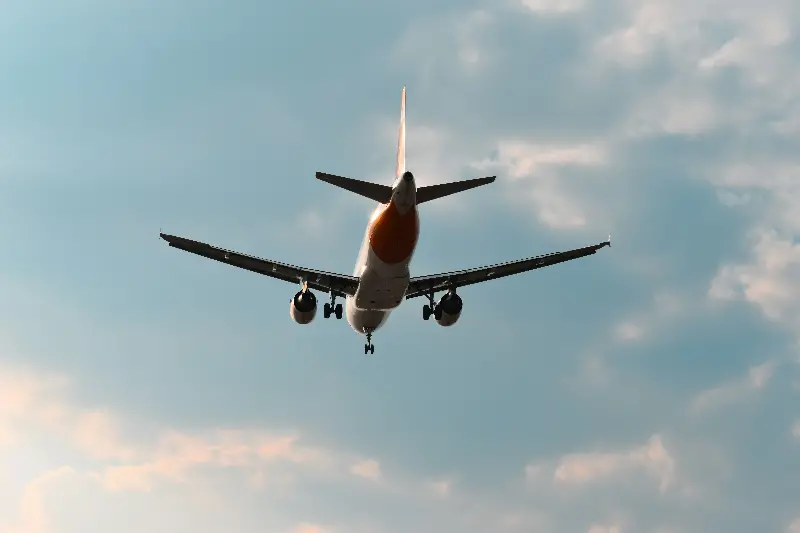
Ever wondered why London Heathrow has the airport code “LHR” or why Chicago O’Hare isn’t designated “ORD” for “O’Hare” or “Chicago”? If airport codes have ever left you scratching your head, you’re not alone. These three-letter tags are part of an enigmatic system with a rich, quirky history that’s both surprisingly scientific and delightfully arbitrary.
A Journey Back in Time: The Birth of the Code
Long before today’s global air traffic, cities had just one airfield—and telegraphs were a primary mode of communication. When commercial aviation took off in the 1930s, airports needed identifiers. Enter the International Air Transport Association (IATA), tasked with standardising codes to smoothen everything from ticketing to baggage routing.
Initially, cities simply got their two-letter weather station codes: Los Angeles grabbed “LA”, New York took “NY”. But as aviation boomed, the number of airports swelled, and so three-letter codes were born. That’s why Los Angeles now flies under “LAX” (with an “X” tacked on for good measure), and New York’s Newark airport is “EWR” (because “NEW” was already taken).

Why LHR Isn’t And Will Never Be “London”
Here’s where things get even more intriguing. London Heathrow’s code, “LHR”, seemingly makes no mention of “London”, and that’s by design. Heathrow was actually known as “London Airport” until it was renamed after the neighbouring hamlet, Heathrow. Thus, “LHR” stands for “London Heathrow”—simple, but only in hindsight. This code uniquely honours both the city’s past and its evolving identity.
And what about London City Airport? It’s “LCY”, offering a tidy abbreviation of its more central location. But London’s airports (like Gatwick “LGW” and Stansted “STN”) all reflect local geography—quirky, but logical.
Chicago O’Hare’s “ORD” is a favourite for trivia buffs. Despite its modern name, the code harks back to its agricultural roots: Orchard Field, the original name of the area before it was renamed for pilot Edward “Butch” O’Hare. When the airport blossomed into a global hub, “ORD” remained—a living homage to its orchard past. It’s a nod to the story, the soil, and how places can transform but still carry echoes of history.
Not All Airports Get The Obvious Code
Some codes are straightforward—“DFW” for Dallas-Fort Worth, “ATL” for Atlanta—but plenty are as puzzling as a cryptic crossword:
- Miami’s “MIA” fits perfectly.
- But Orlando is “MCO”—named for McCoy Air Force Base, its earlier incarnation.
- Toronto Pearson isn’t “TOR” but “YYZ”—with many Canadian codes beginning with “Y”, a legacy from early radio station markers!
Codes may also dodge confusion: “SFO” for San Francisco dodges duplication with Santa Fe, “SJC” marks San Jose, and “BOS” for Boston is a tribute to its airfield on the former Boston Army Base.

Hidden Layers and Global Logic
The trio of letters we see on our boarding passes carries a maze of meaning beneath its surface. The IATA code system is not only about geography, but about practicality (to avoid duplicated codes), history, and even a dash of politics. Numerical codes—even aviation call signs—don’t fit as neatly with the world’s airport tapestry, which is as much about stories as it is about schedules.
So, as you gaze at your next boarding pass, remember: those three letters are not just a destination—they’re a time capsule, a puzzle, and sometimes a playful wink from aviation’s past. What other everyday codes in our lives might hide such curious origins? Your next journey could start with decoding the journey itself.
